Mitsubishi Evo VI Tommi Makinen vs Evo IX 360 MR: A Fast Lancer Education
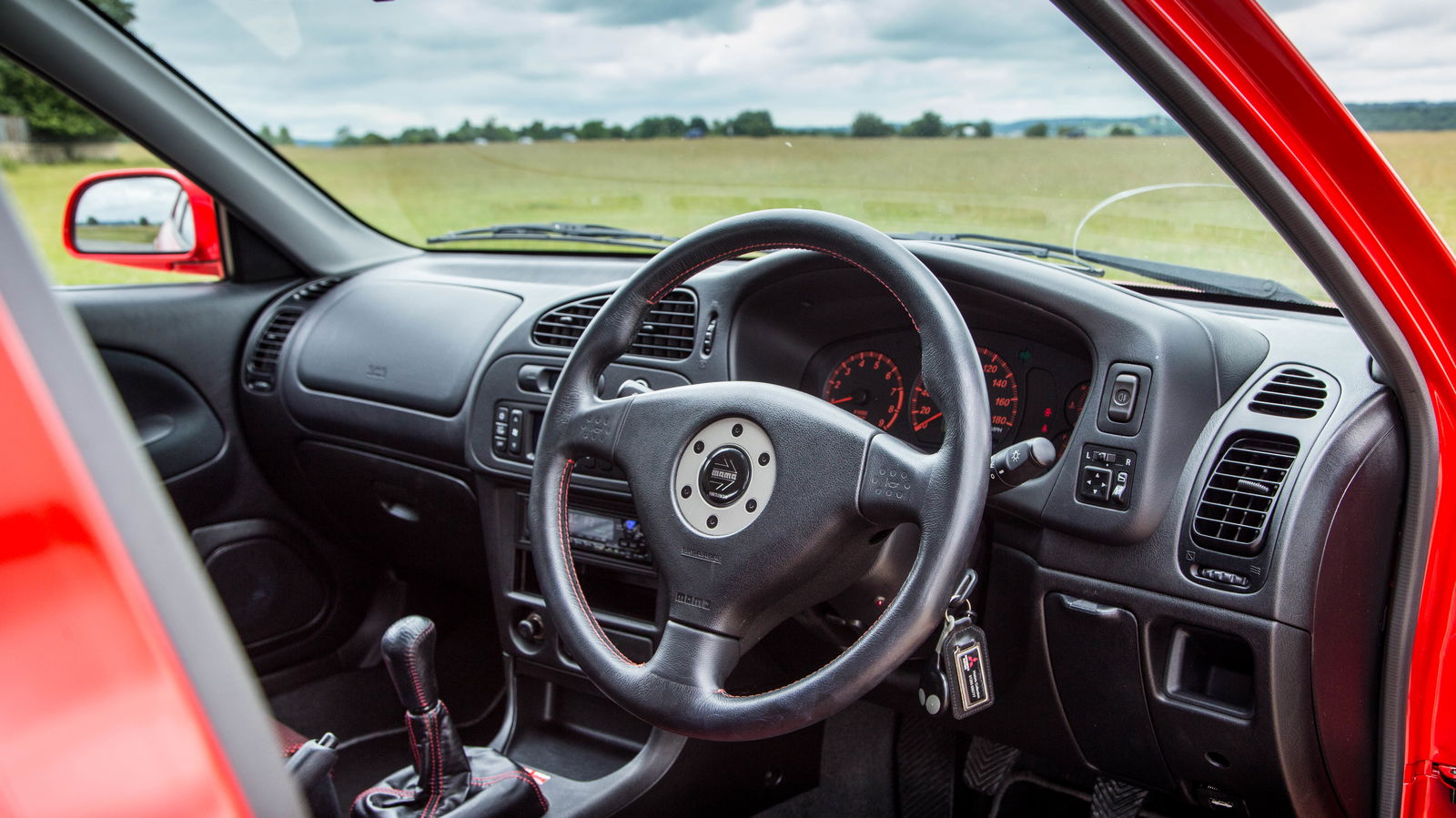
Pros
Cons
There didn’t seem much point in hanging around. Having been cruising towards championship glory at the 1998 Rally of Great Britain, Tommi Makinen had slid on spilt oil, swinging the rear of his Mitsubishi Lancer Evo V WRC into a concrete barrier, tearing off a wheel in the process. Limping the three-wheeled Evo to service on public roads after Stage 6, Makinen was stopped by local police and forced to retire.
His rally, and seemingly his title hopes, were over. All rival Carlos Sainz had to do was finish fourth, and the 1998 World Rally Championship would be his. Understandably, the Finn decided to go home, but while waiting at a hotel before his trip to the airport, mid-interview, the phone rang.
It was his brother, Tuomo, and he had some rather important news. Sainz’s Toyota Corolla had ground to a halt within a few hundred metres of the finish line of Margam Park, the rally’s final stage. Makinen now had three championships to his name. He duly added a fourth consecutive title in 1999, after which Mitsubishi simply had to honour its quadruple world champ. Thus, the Lancer Evo VI Tommi Makinen Edition was born.
It seems only right that the ‘TME’ has gone down as the best Lancer Evo Mitsubishi ever made. That’s why it’s here, along with an Evo IX FQ360 MR; the best one ever meeting perhaps the last truly great one. The intention is to give myself an Evo education - having not driven an example of any generation, these two seem like a good starting point.
The VI is the one I choose to pop my Evo cherry, but before sliding behind the wheel I’m stopped in my tracks by the mere sight of it. Growing up, I always thought of myself as an Impreza man. Perhaps I was wrong. The Tommi Mak VI gained pristine white Enkei 17-inch wheels and Ralli Art decals (optional, but why wouldn’t you?) while losing the standard Evo’s ugly fog lamps and replacing one with a giant intake, and the result is a car that looks like it just left a rally stage. With all four wheels attached, of course.
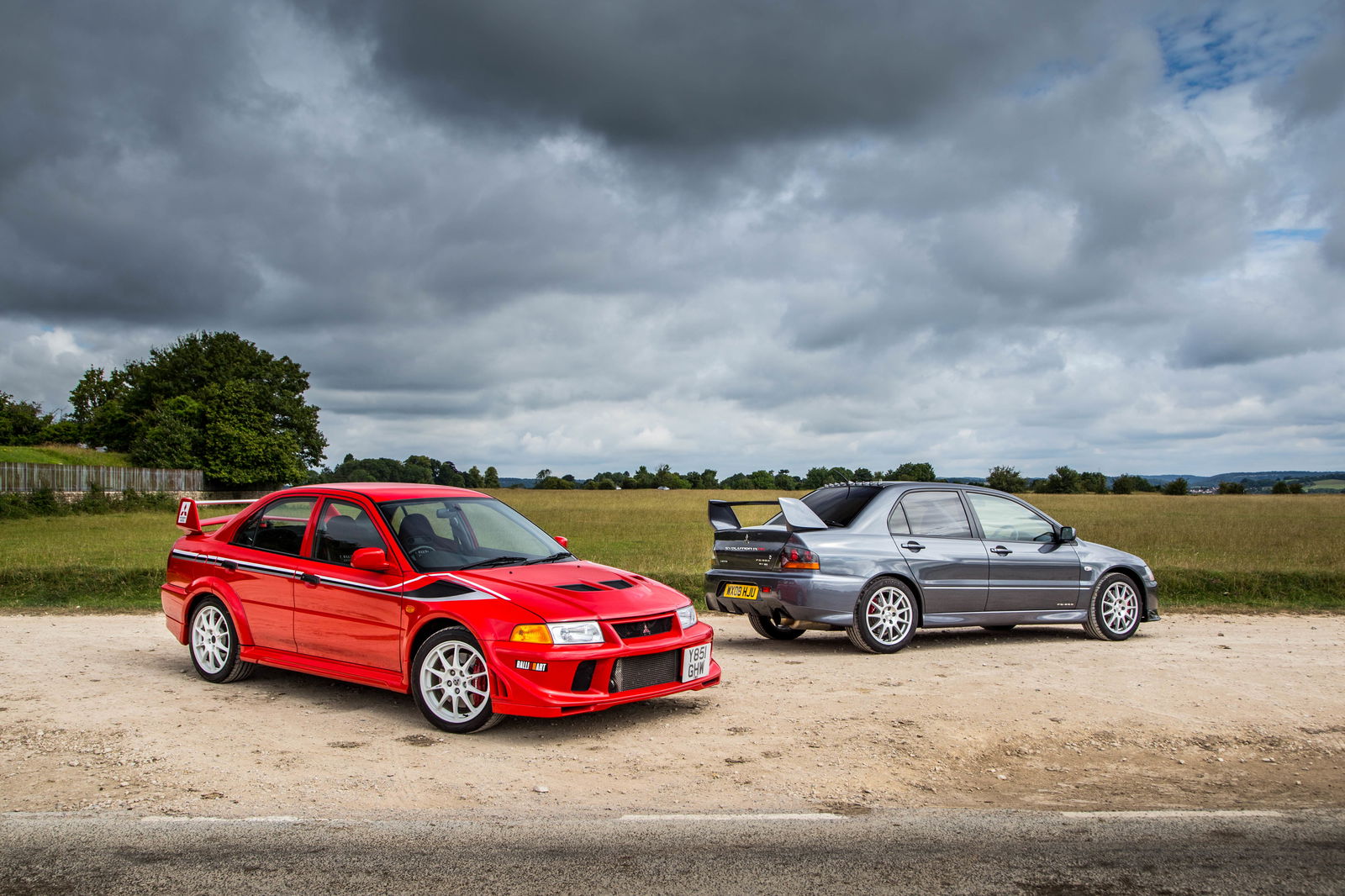
The Recaro seats on the inside look fab with their Tommi Makinen logos embroidered in the headrests, but other than that, it’s a sea of drab plastic. We’re hitting all the late 1990s/early 2000s Japanese performance car cliches here. What is a nice surprise, though, is just how light and airy it is - the VI’s boxy glass-house only briefly interrupted by oh-so-thin A, B and C pillars.
This means the view out the rear, dominated by that rear wing, is just glorious. Twisting the key to fire up the legendary 4G63 inline-four sat transversely up front, however, there’s a distinct lack of drama. Even warmed up and on the move, it’s still a touch quiet.
But crucially, it does still feel quick all these years on, despite a modest power figure. We’re getting to the point where 276bhp isn’t much even for a hot hatch these days. Indeed, this once giant-killing car is less powerful than the Golf GTI I turned up in this morning. But despite being laden with an all-wheel drive system, the VI is light, tipping the scales at just 1360kg.
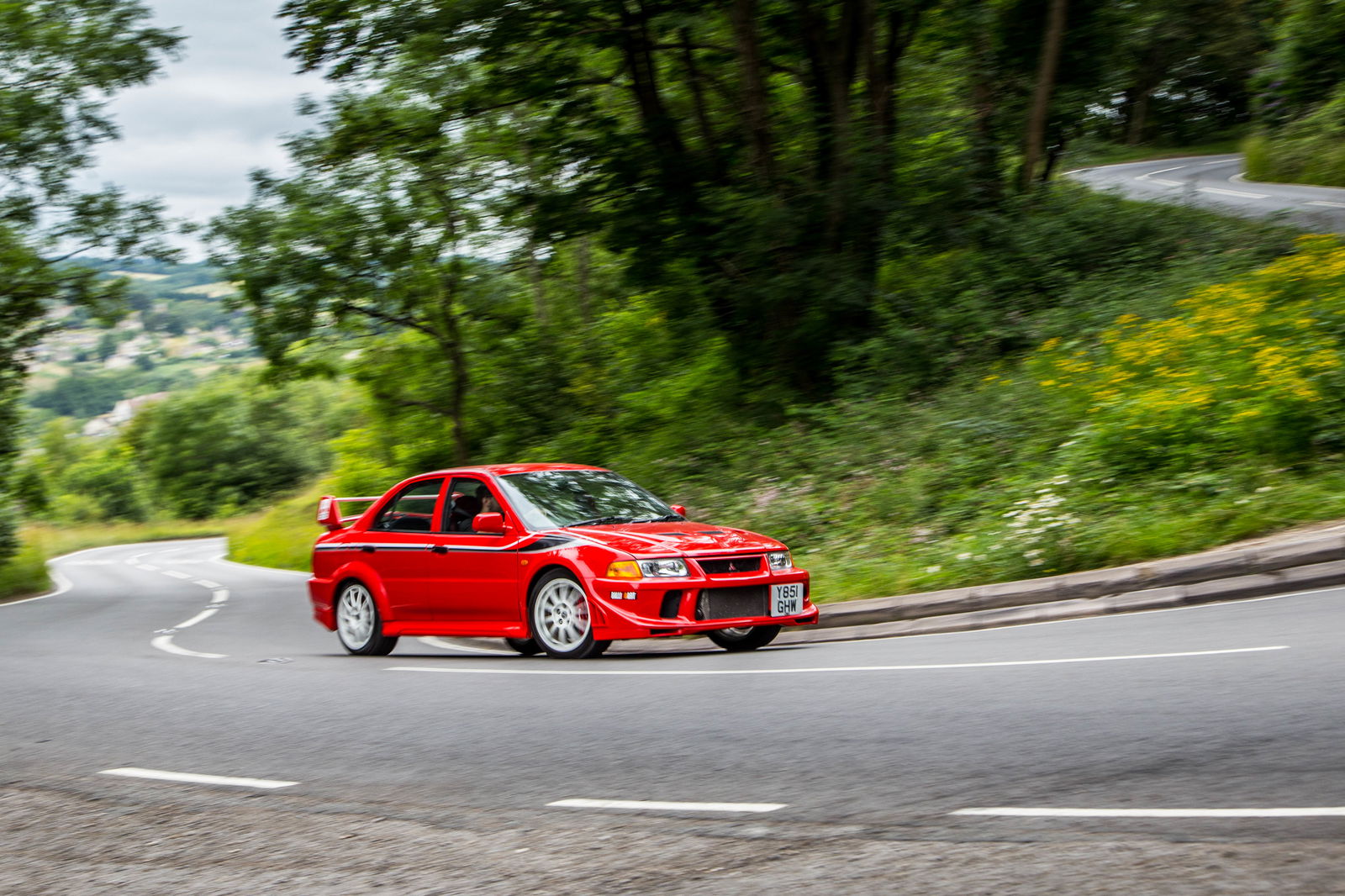
The 4G63 in this standard form is actually quite an eager, revvy thing, rather than the boosty monster you might expect. Turbo lag isn’t bad at all, and there’s no stereotypical boost threshold point that pins you back in that fancy TME driver’s Recaro.
What probably helps in the lag stakes is that the TME’s changes go beyond the very welcome cosmetic tweaks. Although the engine’s no more powerful than the standard VI’s, it has a more responsive titanium turbocharger. Meanwhile, the car sits 10mm lower and it has a brisker steering rack pinched from the VI RS. The finishing touch? That late ‘90s tuning favourite, a dirty great strut bar under the bonnet, obviously.
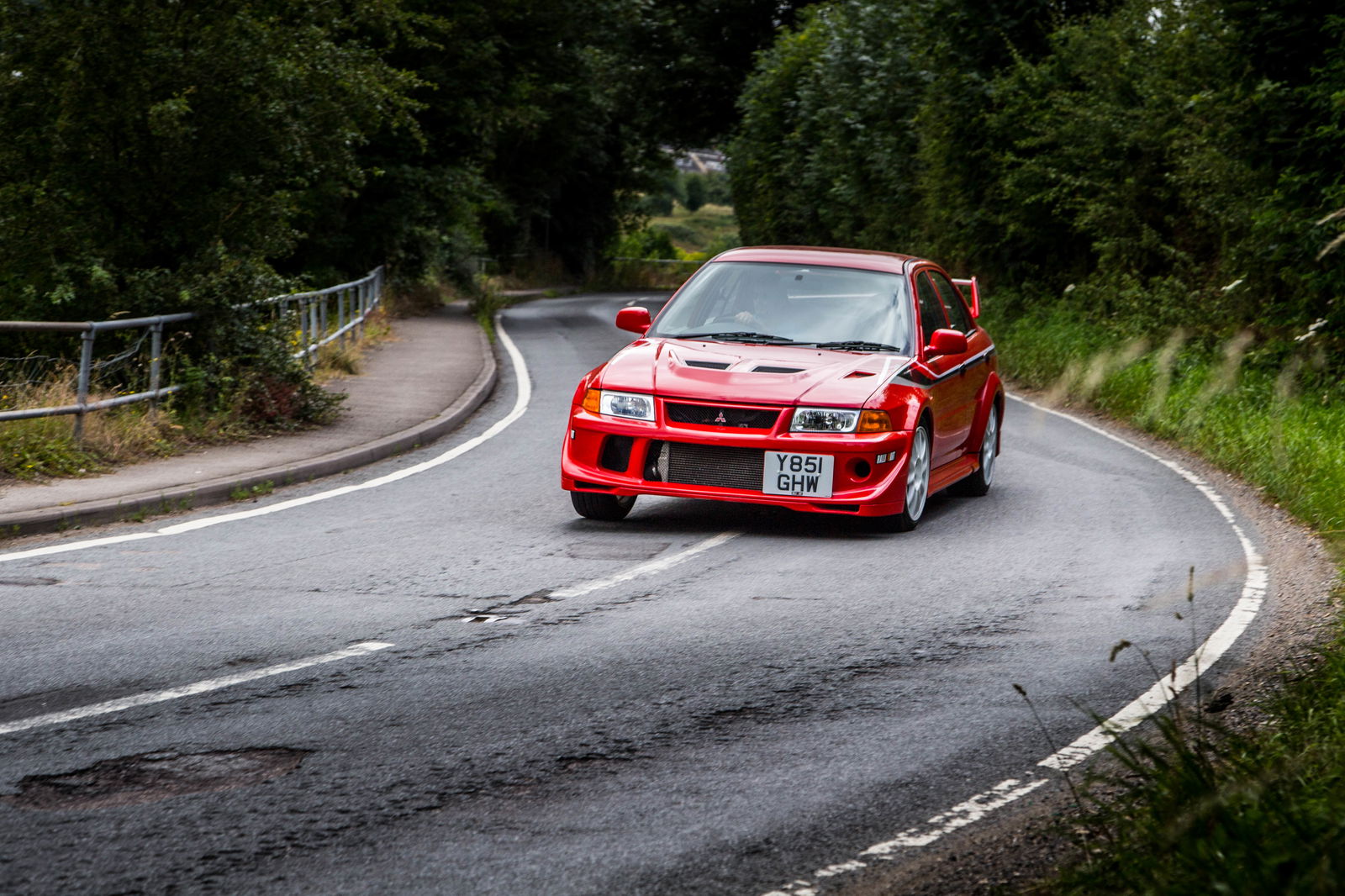
Expect too much of the VI and it will start to show its age. The four-wheel drive system - which generally doles out torque in a 50/50 split - doesn’t give the feeling of endless traction that many 4WD performance cars do today. Get too greedy with the throttle in tighter corners and you’ll push on into understeer.
Be more realistic with the throttle, though, and the VI TME is a thrilling car to drive. The steering’s slow by modern standards, but natural. Body roll is surprisingly well contained, and there’s a real sense of lightness to the car as you throw it around. The icing on the cake is an extremely short-throw gearshift, which you get to experience often since the five ratios are so short.

The main takeaway here is that while the VI would be way outclassed by the most recent crop of hot hatches, it’s easily more thrilling. And it simply doesn’t feel 20 years old. It stands up superbly.
This all bodes well for the IX. It’s six years fresher than the Tommi Makinen, and just as its Passion Red predecessor was the third and final act of the ‘CP9A’ seventh-gen Lancer-based Evos, the IX was the last hurrah of three ‘CT9A’ eighth-gen Lancer heroes. After this came the Evo X, which ditched the 4G63 and attempted to broaden the car’s horizons. It was met with a lukewarm reception, hence the Nine being the “last great” Evo.
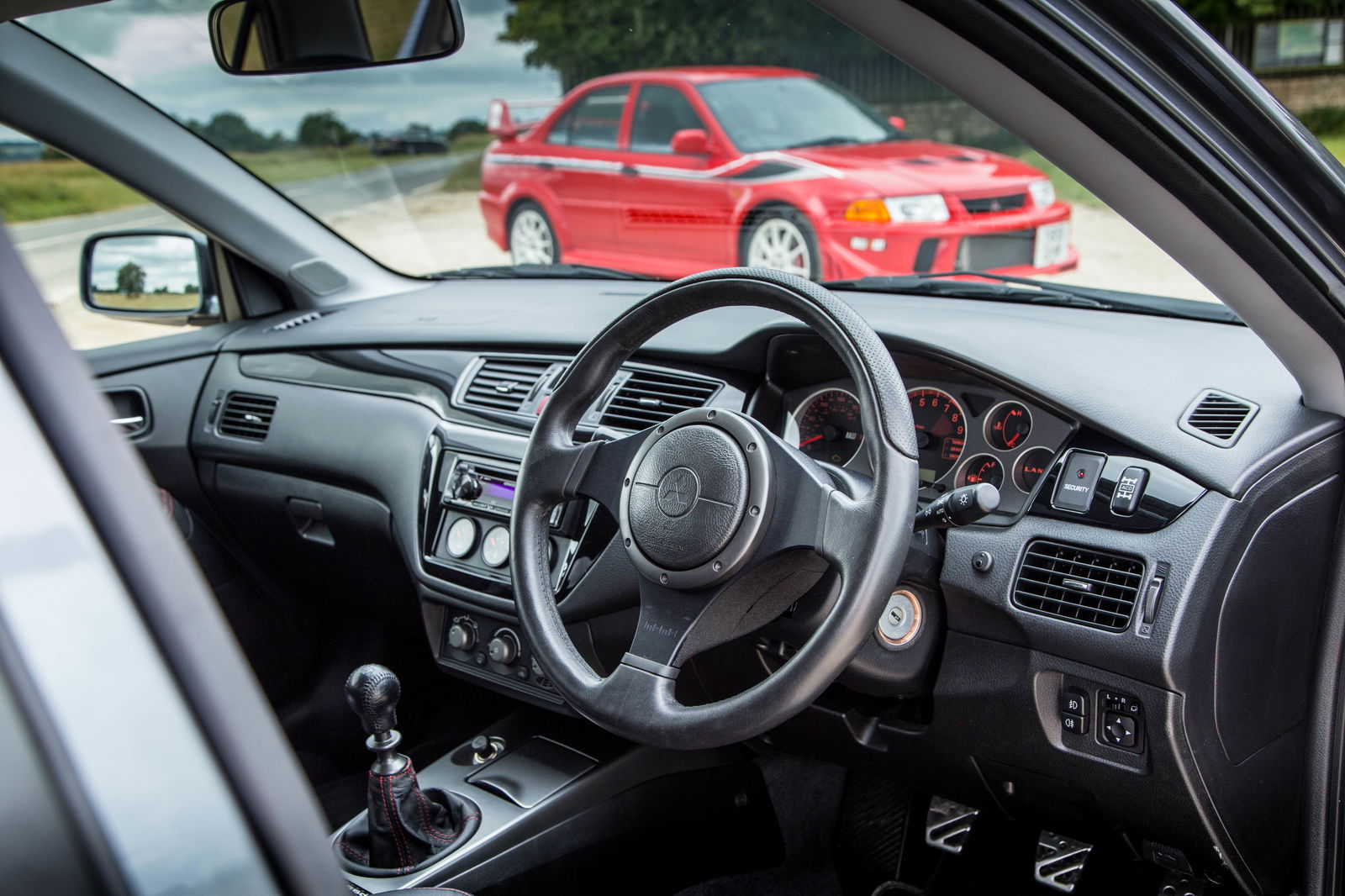
Blasting down the same bit of road I’ve just sessioned in the VI, it’s immediately clear that all of those anticipated Evo elements I was expecting and missing in the VI are here in the IX. Let’s start with the power delivery. Precious little happens below 3000rpm, but between 3 and 4, the boost from the single turbocharged arrives with all the subtlety of a grenade going off.
There’s a dramatic woosh from the turbo as the IX picks you up and lobs you into the distance, with a much more muscular engine note providing one hell of a soundtrack. Big dollops of lag merely add to the fun. You feel the full force of the inline-four’s torque at 3200rpm, but you do still need to rev it out, with peak power not arriving until 6800rpm. A thumping mid-range and a zingy top end? That sounds like the best of both worlds.
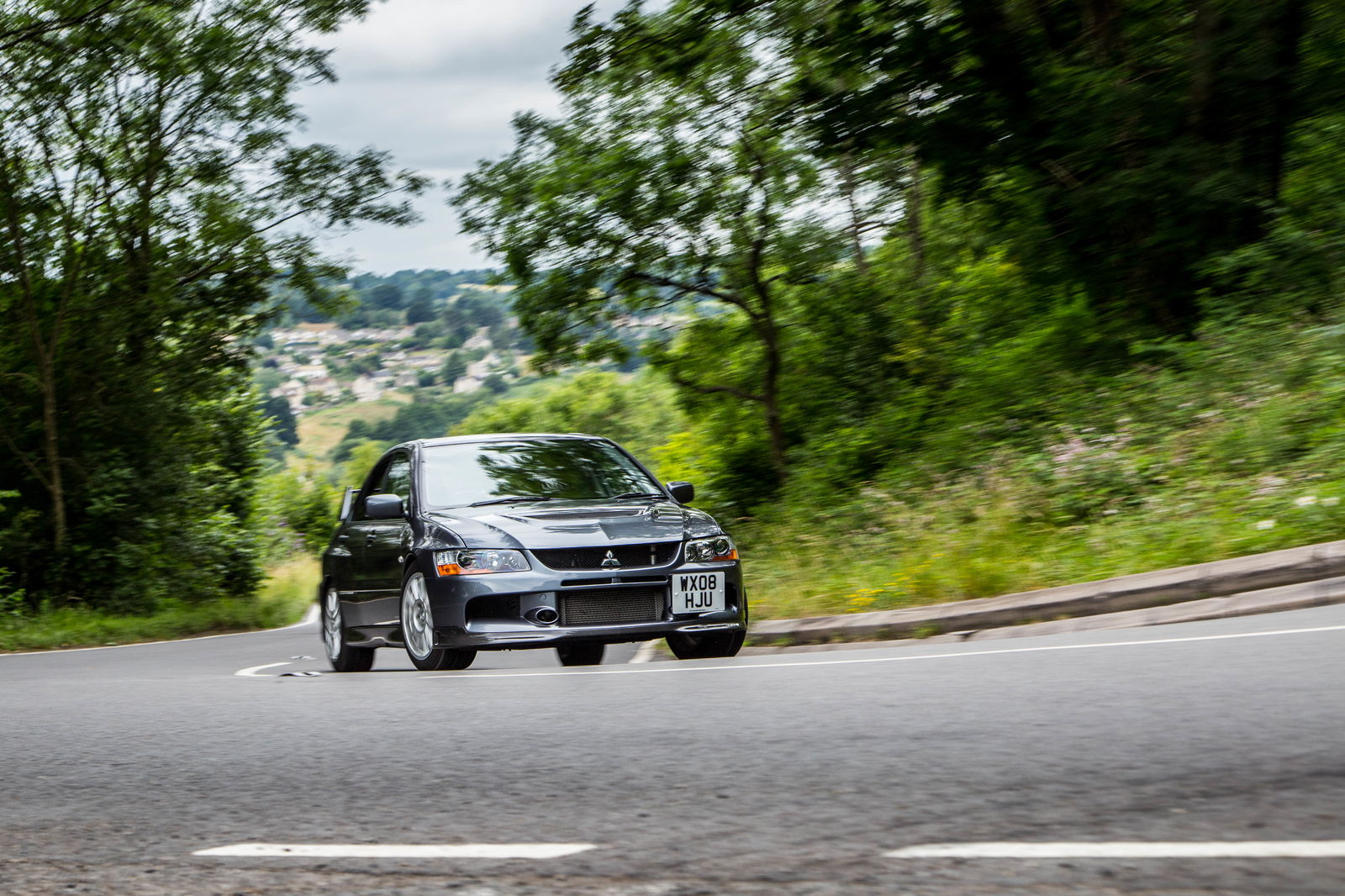
The reason it feels so much more potent than the TME is simple: it’s no ordinary IX. The FQ-360 MR (Mitsubishi Racing) is hilariously over-badged on the boot, but those letters and numbers refer to some important work that’s gone on under the skin. It sports a new turbo and a reworked ECU, resulting in 366bhp and 363lb for of torque. It sits 10mm lower at the front and 5mm closer to the ground at the back, courtesy of a set of Eibach springs. Just 200 were made for the UK market.
Like the VI, it’s much more than just a straight-line weapon. Once you reach some corners, the 360 reveals itself to have an incredible front-end, backed up by steering that’s almost viciously darty away from the centre point.
Along with the uptick in front end grip, there’s a noticeable increase in traction. This time, no matter how hard I hunt, that understeer is proving tricky to locate. Body roll is drastically reduced too, but it’s not like the MR is horribly firm as a result. Far from it.
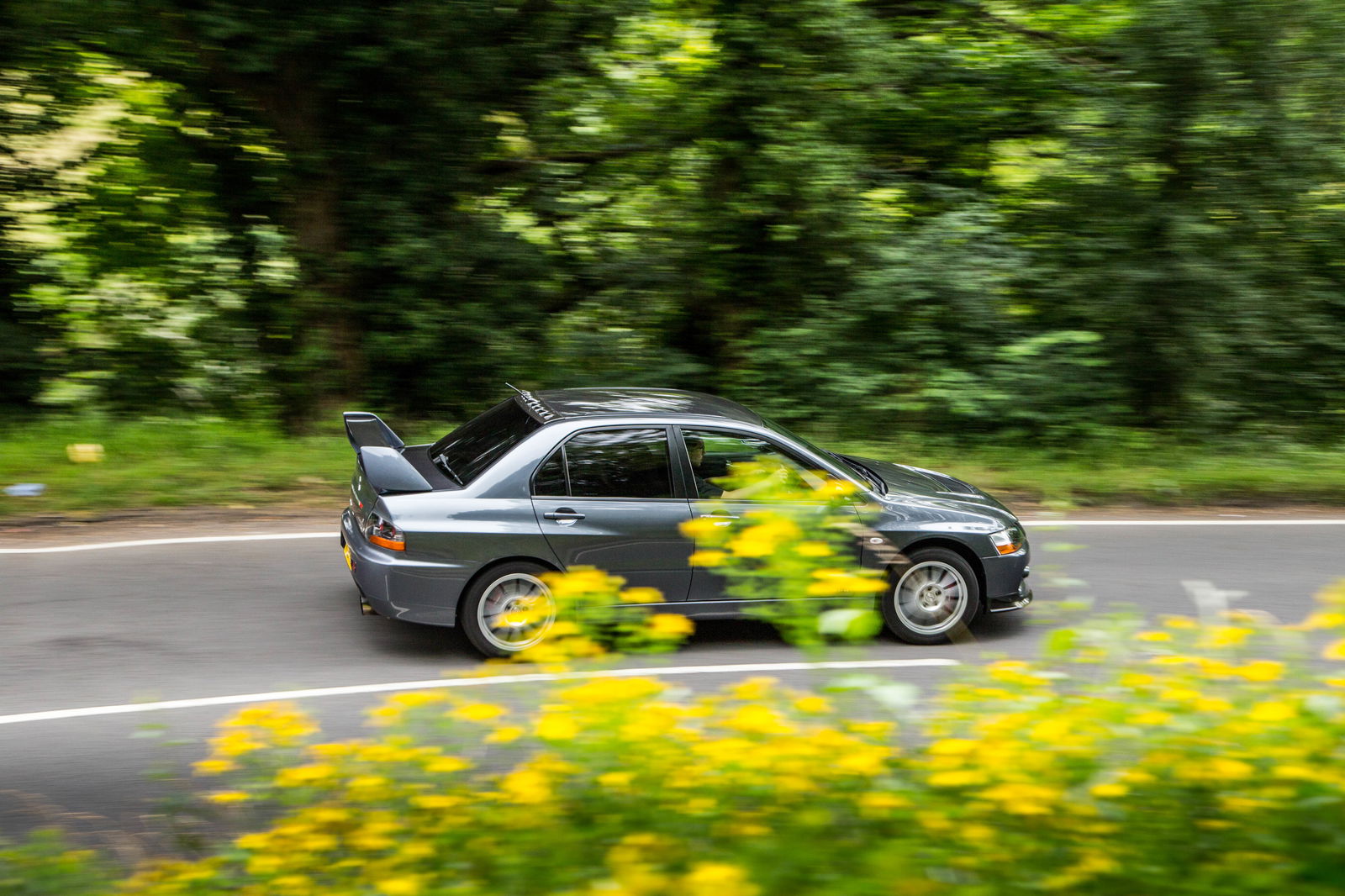
Although the Tommi Makinen Edition is the one I find myself wanting due to the history and the way it looks, the IX FQ-360 is the car that moves me most as a driver. It’s a truly memorable car to pilot in a way modern vehicles with similar power outputs just aren’t. I’ve never even thought about owning a latter-era Evo before, but today that’s certainly changed.
It is a shame that Mitsubishi seems unlikely to revisit the Evo thing, despite recent rumours suggesting otherwise. But what a performance car dynasty to leave behind.

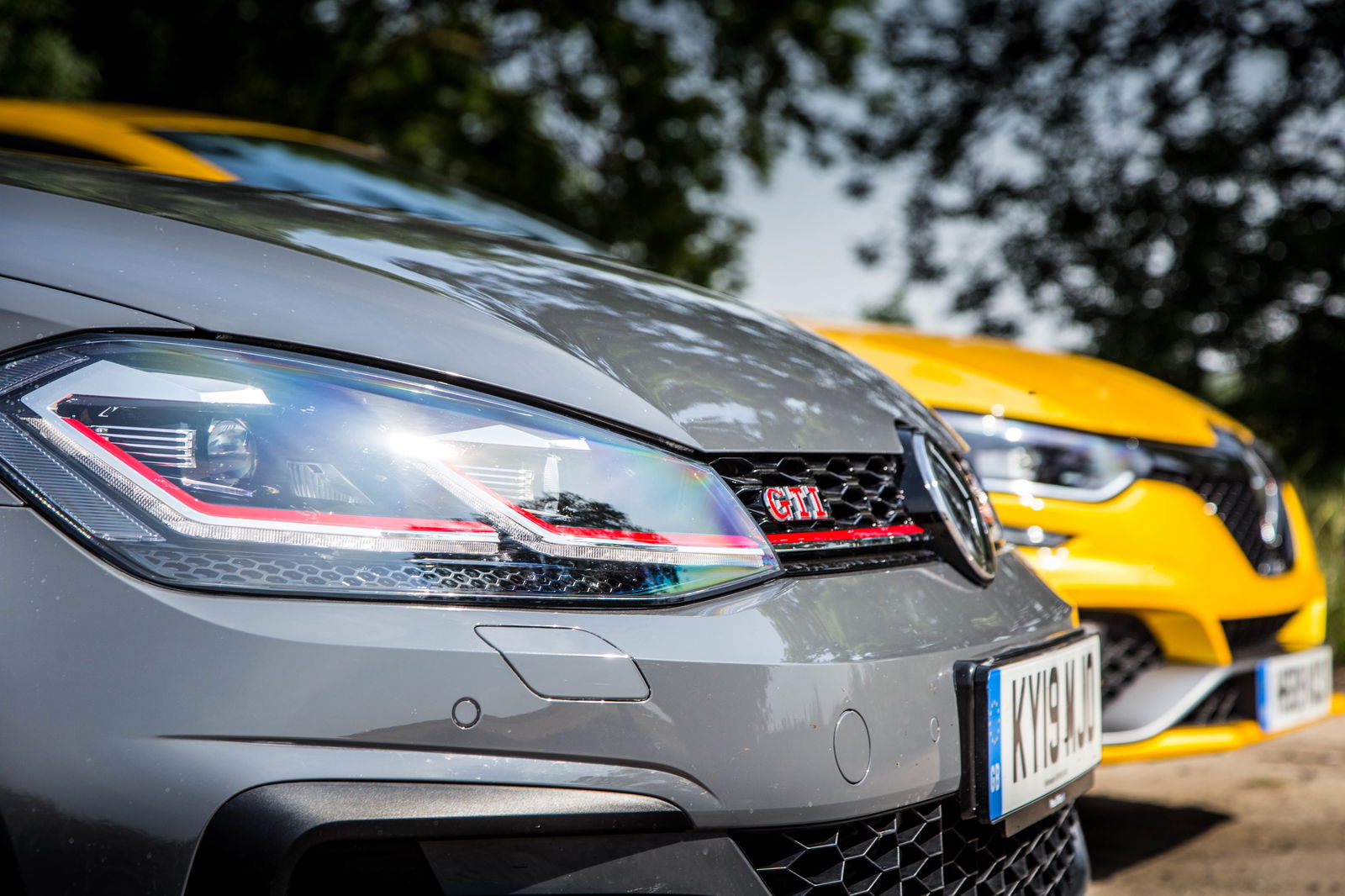

Comments
FQ400 when?
It’s amazing to see the evolution that has taken between the two. The wheel base, body styles and even the improvements to its AWD system.
Both awesome cars, maybe do a test like this with some STIs??
Enter your comment…
Evo 11 confirmed
The 276bhp quoted figure was the “gentleman’s agreement” figure from Japan. Actual tests on standard cars had this closer to 300, with some even stating far more.